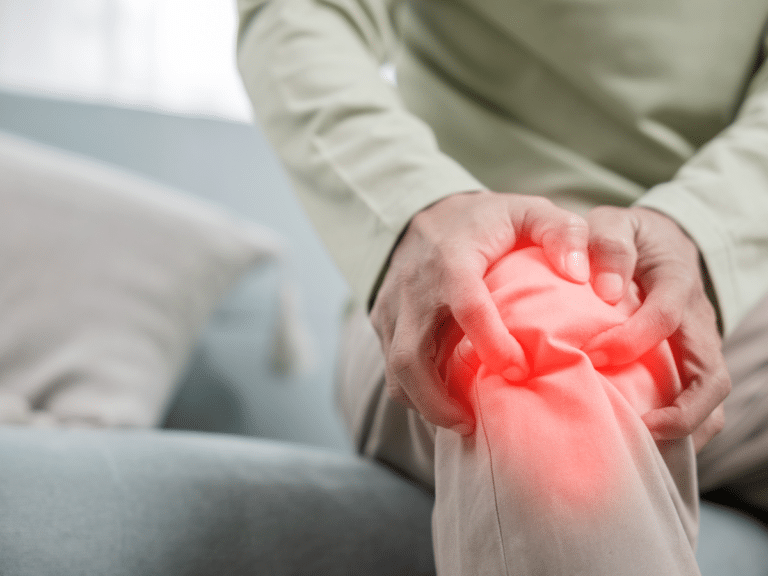Most of us take walking for granted. We’re simply used to being able to move our legs independently to get from one place to the next. It’s an expected part of our daily lives. However, it’s important we make no mistake about the fact that walking is a privilege. As we get older, it’s one that we can’t simply assume we can enjoy with ease.
Naturally, our bodies undergo various changes. As a result, mobility can become a challenge for many seniors. This is especially true for older adults who endure joint pain and arthritis. These are common issues that affect millions of seniors worldwide.
Do you suffer from joint pain and arthritis?
The Public Health Agency of Canada highlights the fact that arthritis can result in daily suffering and activity limitations. “Overall, 34.4% of men and 39.4% of women with arthritis reported having pain that prevented activities,” informs their website, “People aged 15-44 years were more likely than the other age groups to report having activities prevented by pain, particularly women. Men and women of working age (less than 65 years of age) were also more likely to report activities prevented by pain than those aged over 65 years.”
Joint pain is a hallmark symptom of arthritis. It can make even the simplest movements extremely painful. Imagine the act of walking or even just standing up from a chair becoming an excruciating experience. Debilitating pain obviously leads to a significant decrease in mobility.
Do you suffer from osteoarthritis?
Osteoarthritis is the term given to the disease that specifically impacts the joints. It is a degenerative condition that sees our joints breaking down over time. Osteoarthritis is the most common form of arthritis. Not surprisingly, it commonly impacts older adults, hampering their independence.
“Osteoarthritis can affect any joint, but most commonly affects the knees, hips, big toes, hands and spine,” explains Arthritis Society Canada, “Many people are affected by osteoarthritis in more than one joint. Osteoarthritis affects everyone differently, however common symptoms include joint pain, aching, morning stiffness lasting less than 30 minutes, reduced range of movement in the affected joint(s) and possibly swelling. The symptoms may come and go, but the intensity of pain can increase over time since osteoarthritis progresses over time.”
What can be done to manage arthritis symptoms?
As much as mobility is often hindered by arthritis, sufferers are advised to keep active. “Walking is often recommended for people with arthritis because it’s a low-impact exercise that keeps the joints flexible, helps bone health, and reduces the risk of osteoporosis,” says Venus Arthritis. But what if walking is simply not practical? Fortunately, electric mobility scooters offer a sensible solution that allows seniors to maintain their independence.
A mobility scooter is a cost-effective alternative to an electric wheelchair. Its primary use is for a user that needs assistance traveling longer distances, but is not as dependent for mobility as a wheelchair user would be. A mobility scooter can have three or four wheels, a place for the driver to rest their feet and a steering column to control the turning and direction of the scooter.
To learn all about the mobility scooters offered by LifeCare Mobility Solutions, please don’t hesitate to call us at 416-267-9800 or email us at info@lifecaremobility.ca. You may also contact us by filling out the form on our Contact page!










